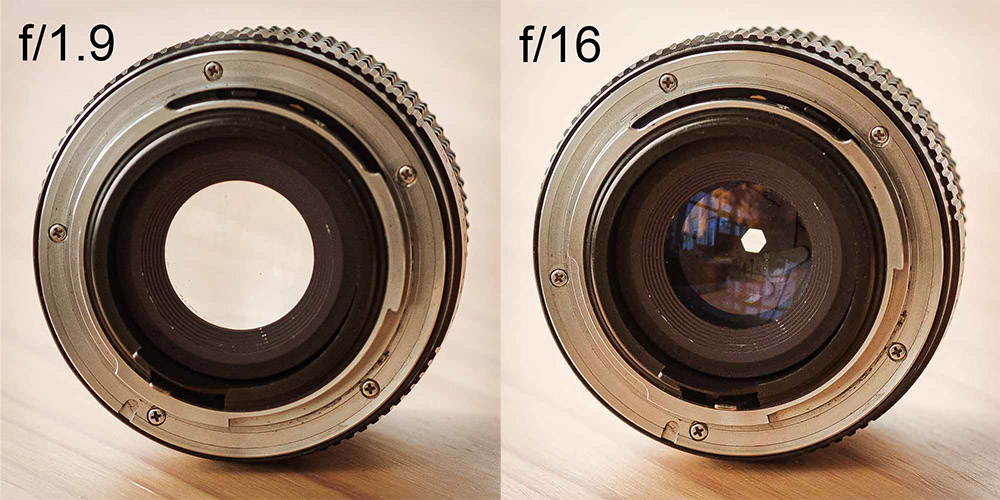Lens Guide
Lenses … where do we start? There are so many different kinds, sizes and prices! They usually have very long names, full of seemingly random letters and numbers, eg, SMC PENTAX – DA 200MM F2.8 ED IF SDM or Tamron 10-24mm f/3.5-4.5 Di II VC HLD. It’s like a foreign language!
There are pros and cons to every lens and every lens type. Here’s a short (😨) guide to lenses – I hope it helps you to trawl through the vast myriad of choice!
Good luck!
Focal Length – Wide Angle Or Telephoto
What you see in the camera is called the field of view. A wide angled lens has a large field of view, and a telephoto lens has a narrow field of view. Basically, a telephoto lens will get you closer to the subject than you actually are, and you’ll see more of the whole scene using a wide angle lens.
They’re measured in mm and bigger numbers mean the subject appears closer to you and smaller numbers mean a larger field of view. Long telephoto lenses have numbers like 300mm or even 500mm and wide angled lenses have numbers like 24mm or 10mm.
Which is better? Well, that depends on what you want to take a photo of!
Primes And Zooms?
Lenses can also be split into prime lenses and zoom lenses. Prime lenses have a fixed focal length and zoom lenses can change their focal length. In other words, with a zoom lens you can zoom in or out simply by twisting the lens. You have to physically move the camera closer or further away to do this with a prime lens.
Surely zoom lenses are better, their advantages are apparent – the ease of getting closer or further away. But … prime lenses tend to have better optics and sharper images.
Aperture
Lenses are also measured and categorised by their aperture. This is the hole that lets light in to take a photo. An f/2.8 lens has a large aperture to let lots of light in and will allow you to take photos in quite dark situations without a flash. Sometimes these lenses are referred to as fast. This is not how fast they focus, but how fast your shutter speed can be.
When I’m photographing sports, I often need at least f/2.8 to get shutter speeds fast enough to freeze the action (1/1000th sec), especially if the match is under flood lights. Also, large apertures have a shallow depth of field (this is how much of the photo is in focus). You can use it to isolate the subject and make it (or them) stand out.

Conversely, a smaller aperture has a larger depth of field and almost everything will be in focus. When I take a landscape photograph, I use an aperture of f/16 or even f/22 and a tripod to keep the camera still – so it’s not a problem if the shutter speed is slow, eg, 1/10th second.
A ‘kit‘ lens, like the one that came with your camera, is probably 18-55mm and f/4-5.6. That’s pretty generic. As with most things, money buys speed (think cars, computers or express check-ins). The more expensive lenses usually have a larger aperture for faster shutter speeds in low light situations. For example, you could get a 300mm f/6.3 for about £200, but … a 300mm f/2.8 will cost you ten times that!
Lenses that have extreme focal lengths, at either end of the spectrum, will also cost a lot more, eg, a 500mm super telephoto or a ‘fisheye’ 10mm.
So, which lens should you buy? Well, that depends on you, your photography and your budget. But, personally, I put a constant larger aperture, eg, f/2.8, before a longer focal length.